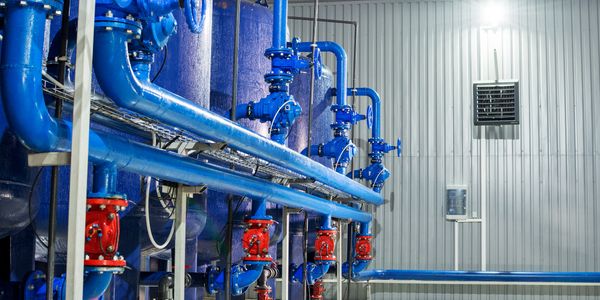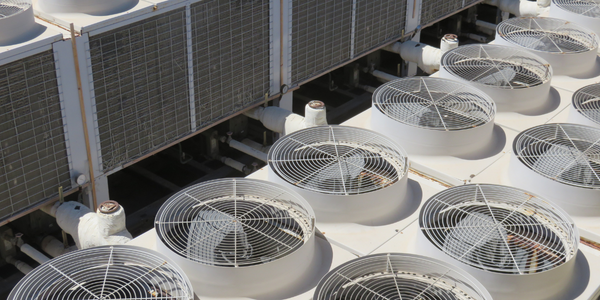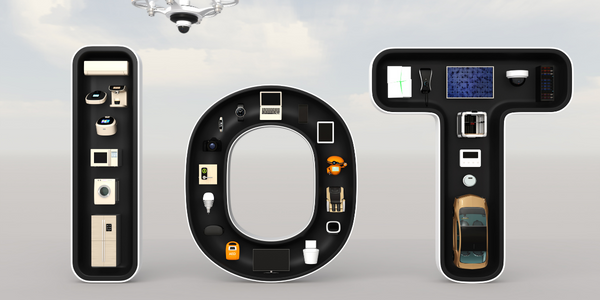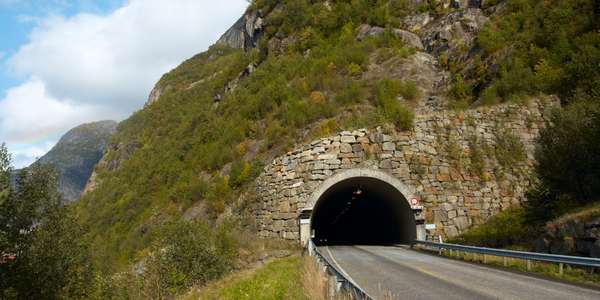Customer Company Size
Large Corporate
Region
- Europe
Country
- Denmark
- Netherlands
- Norway
- Sweden
Product
- Trimble PULSE
- Kronos timekeeping system
Tech Stack
- Telematics
- Mobile App
- Integration with Payroll Systems
Implementation Scale
- Departmental Deployment
Impact Metrics
- Productivity Improvements
- Customer Satisfaction
Technology Category
- Functional Applications - Remote Monitoring & Control Systems
- Analytics & Modeling - Real Time Analytics
Applicable Industries
- Equipment & Machinery
- Construction & Infrastructure
Applicable Functions
- Field Services
- Maintenance
Use Cases
- Fleet Management
- Predictive Maintenance
- Remote Asset Management
Services
- System Integration
- Training
About The Customer
Pon Equipment & Power B.V. (Pon Cat) is the official Caterpillar dealer in the Netherlands, Norway, Sweden, and Denmark. Founded in 2003, it is a subsidiary of Pon Holdings B.V. The company operates with approximately 1000 service technicians across four countries, providing maintenance and repair services for heavy equipment. Pon Cat offers a full line of construction and power generation equipment for purchase or rental, along with comprehensive condition monitoring and service solutions. The company is dedicated to maximizing equipment uptime and ensuring customer satisfaction through high-quality service and equipment management solutions.
The Challenge
Pon Cat faced challenges in improving their service scheduling and dispatching process, which was becoming a bottleneck due to the manual scheduling of approximately 1000 technicians. The dispatchers and technicians used separate systems, causing inefficiencies and non-billable hours. Additionally, the time to generate invoices post-job completion was lengthy, leading to delayed service revenue and invoice disputes. There was also a 6% gap between work hours paid to technicians and hours billable to customers, resulting in missed service revenue.
The Solution
Pon Cat implemented Trimble PULSE to address their challenges. Initially, the solution was installed in a few branches in Norway as a Proof of Concept, focusing on scalable implementation, system integration, and workforce change management. The solution was then rolled out across most Norwegian branches, covering about 30% of their service workforce, with plans for further implementation. Trimble PULSE enabled efficient scheduling, reduced travel time, and increased job completion rates, enhancing customer satisfaction. The mobile app allowed technicians to update job information in real-time, improving response times. Integration with telematics data facilitated efficient dispatching and scheduling. Pon Cat also integrated the Kronos timekeeping system with Trimble and payroll systems, aligning work hours with billable hours, reducing the gap from 6% to zero, and ensuring accurate billing.
Operational Impact
Quantitative Benefit

Case Study missing?
Start adding your own!
Register with your work email and create a new case study profile for your business.
Related Case Studies.

Case Study
Smart Water Filtration Systems
Before working with Ayla Networks, Ozner was already using cloud connectivity to identify and solve water-filtration system malfunctions as well as to monitor filter cartridges for replacements.But, in June 2015, Ozner executives talked with Ayla about how the company might further improve its water systems with IoT technology. They liked what they heard from Ayla, but the executives needed to be sure that Ayla’s Agile IoT Platform provided the security and reliability Ozner required.

Case Study
IoT enabled Fleet Management with MindSphere
In view of growing competition, Gämmerler had a strong need to remain competitive via process optimization, reliability and gentle handling of printed products, even at highest press speeds. In addition, a digitalization initiative also included developing a key differentiation via data-driven services offers.

Case Study
Predictive Maintenance for Industrial Chillers
For global leaders in the industrial chiller manufacturing, reliability of the entire production process is of the utmost importance. Chillers are refrigeration systems that produce ice water to provide cooling for a process or industrial application. One of those leaders sought a way to respond to asset performance issues, even before they occur. The intelligence to guarantee maximum reliability of cooling devices is embedded (pre-alarming). A pre-alarming phase means that the cooling device still works, but symptoms may appear, telling manufacturers that a failure is likely to occur in the near future. Chillers who are not internet connected at that moment, provide little insight in this pre-alarming phase.

Case Study
Premium Appliance Producer Innovates with Internet of Everything
Sub-Zero faced the largest product launch in the company’s history:It wanted to launch 60 new products as scheduled while simultaneously opening a new “greenfield” production facility, yet still adhering to stringent quality requirements and manage issues from new supply-chain partners. A the same time, it wanted to increase staff productivity time and collaboration while reducing travel and costs.

Case Study
Integration of PLC with IoT for Bosch Rexroth
The application arises from the need to monitor and anticipate the problems of one or more machines managed by a PLC. These problems, often resulting from the accumulation over time of small discrepancies, require, when they occur, ex post technical operations maintenance.

Case Study
IoT System for Tunnel Construction
The Zenitaka Corporation ('Zenitaka') has two major business areas: its architectural business focuses on structures such as government buildings, office buildings, and commercial facilities, while its civil engineering business is targeted at structures such as tunnels, bridges and dams. Within these areas, there presented two issues that have always persisted in regard to the construction of mountain tunnels. These issues are 'improving safety" and "reducing energy consumption". Mountain tunnels construction requires a massive amount of electricity. This is because there are many kinds of electrical equipment being used day and night, including construction machinery, construction lighting, and ventilating fan. Despite this, the amount of power consumption is generally not tightly managed. In many cases, the exact amount of power consumption is only ascertained when the bill from the power company becomes available. Sometimes, corporations install demand-monitoring equipment to help curb the maximum power demanded. However, even in these cases, the devices only allow the total volume of power consumption to be ascertained, or they may issue warnings to prevent the contracted volume of power from being exceeded. In order to tackle the issue of reducing power consumption, it was first necessary to obtain an accurate breakdown of how much power was being used in each particular area. In other words, we needed to be able to visualize the amount of power being consumed. Safety, was also not being managed very rigorously. Even now, tunnel construction sites often use a 'name label' system for managing entry into the work site. Specifically, red labels with white reverse sides that bear the workers' names on both sides are displayed at the tunnel work site entrance. The workers themselves then flip the name label to the appropriate side when entering or exiting from the work site to indicate whether or not they are working inside the tunnel at any given time. If a worker forgets to flip his or her name label when entering or exiting from the tunnel, management cannot be performed effectively. In order to tackle the challenges mentioned above, Zenitaka decided to build a system that could improve the safety of tunnel construction as well as reduce the amount of power consumed. In other words, this new system would facilitate a clear picture of which workers were working in each location at the mountain tunnel construction site, as well as which processes were being carried out at those respective locations at any given time. The system would maintain the safety of all workers while also carefully controlling the electrical equipment to reduce unnecessary power consumption. Having decided on the concept, our next concern was whether there existed any kind of robust hardware that would not break down at the construction work site, that could move freely in response to changes in the working environment, and that could accurately detect workers and vehicles using radio frequency identification (RFID). Given that this system would involve many components that were new to Zenitaka, we decided to enlist the cooperation of E.I.Sol Co., Ltd. ('E.I.Sol') as our joint development partner, as they had provided us with a highly practical proposal.







